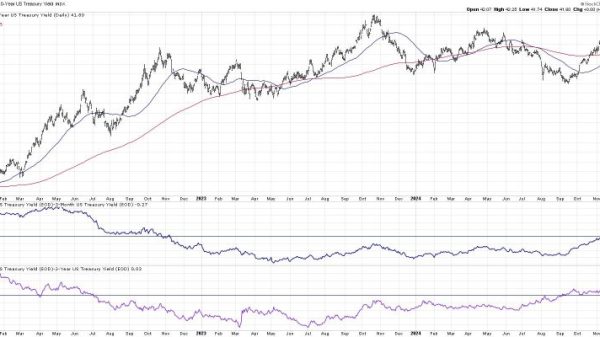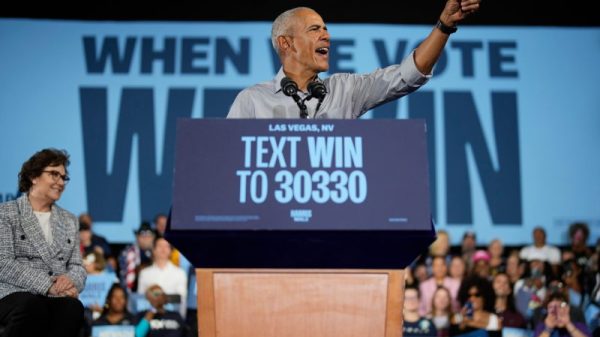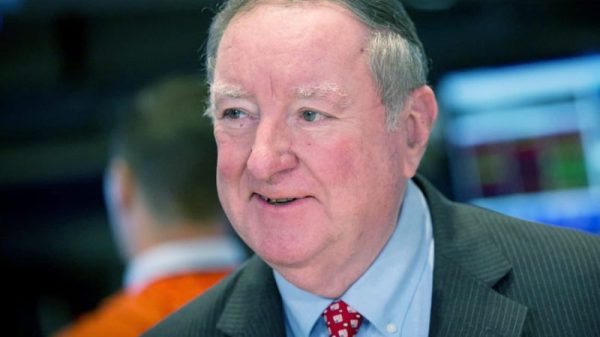In a recent campaign ad released by the Trump campaign, it was claimed that Senator Kamala Harris would raise taxes on families. The ad, filled with ominous music and bold claims, attempts to sway public opinion by instilling fear and doubt about Harris’ proposed policies. However, upon closer inspection, these claims prove to be misleading and inaccurate, serving as yet another example of deceptive political messaging in the current landscape.
One of the central claims made in the ad is that Senator Harris will raise taxes on families, but fails to provide any concrete evidence or specifics to support this assertion. Tax policy is a complex and nuanced issue, and any proposed changes must be carefully examined to understand their impact on different segments of the population. Without a detailed explanation of the proposed tax plan, it is irresponsible to make broad claims about its implications for families.
Furthermore, the ad fails to mention that Senator Harris has presented a comprehensive economic agenda that includes measures to support working families, such as tax credits, affordable healthcare, and investments in education. These policies aim to address income inequality and provide economic relief to those who need it most, rather than burdening families with additional taxes as the ad would have viewers believe.
It is crucial for voters to critically evaluate political advertisements and campaign messaging, especially when they make unsubstantiated claims that seek to influence public opinion. Misinformation and fear tactics have no place in a democratic society that relies on informed and engaged citizens to make decisions that shape our collective future.
In conclusion, the Trump campaign ad targeting Senator Kamala Harris for allegedly planning to raise taxes on families is an example of deceptive political messaging that seeks to manipulate public perception. Voters must remain vigilant against misinformation and critically assess the validity of claims put forth by political campaigns to make informed decisions at the ballot box.


























